
If you’re new to crochet, it’s easy to get overwhelmed by all the stitch names flying around—half-double what? Treble who? Don’t worry, you don’t need to memorize a hundred stitches to get started. In fact, with just five basic stitches, you can make a huge variety of projects—from scarves and coasters to blankets and beyond.
These core stitches are the foundation of pretty much everything you’ll ever crochet. Once you’ve got these down, you’ll be ready to take on most beginner patterns with confidence.
1. Chain Stitch (ch)
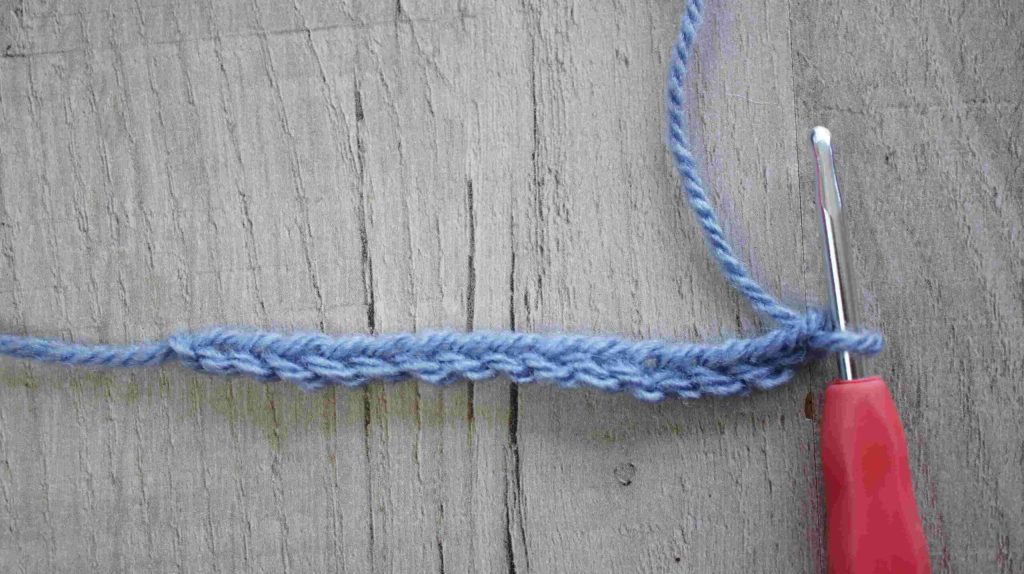
The chain stitch is where every project begins. It’s the very first stitch you’ll learn, and it acts as the foundation for everything else you’ll create. You’ll use it to start rows, create spaces, and even build shapes in more advanced work.
How to use it:
- Start every flat project with a chain foundation row.
- Use chains to create space between stitches in mesh or lacy patterns.
- Chains are also used in turning rows to give height for the next row’s stitch.
Pro tip: Keep your tension light and even when chaining. Too tight, and it’ll be hard to work into; too loose, and the base will look sloppy.
Once you’ve got your chain stitch down, you’re already halfway there.
2. Single Crochet (sc)
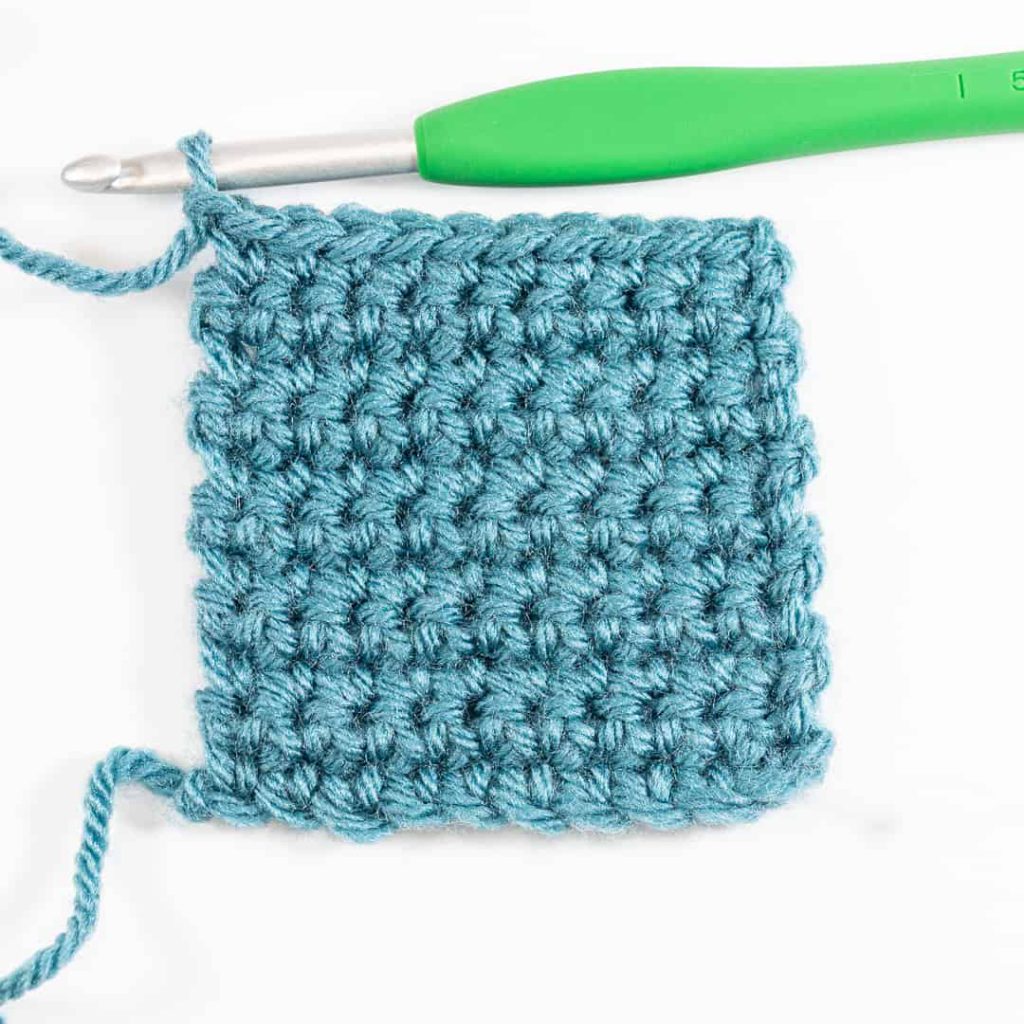
The single crochet stitch is the most basic building block after chaining. It creates a tight, dense fabric, which makes it perfect for things like dishcloths, amigurumi, or anything you don’t want to have big holes in.
Why it matters:
- Super beginner-friendly and easy to repeat.
- Great for getting used to working into stitches across a row.
- Strong and sturdy—your projects won’t stretch too much.
You’ll use this stitch over and over again, especially in beginner patterns. It might be “single,” but it’s seriously useful.
3. Double Crochet (dc)
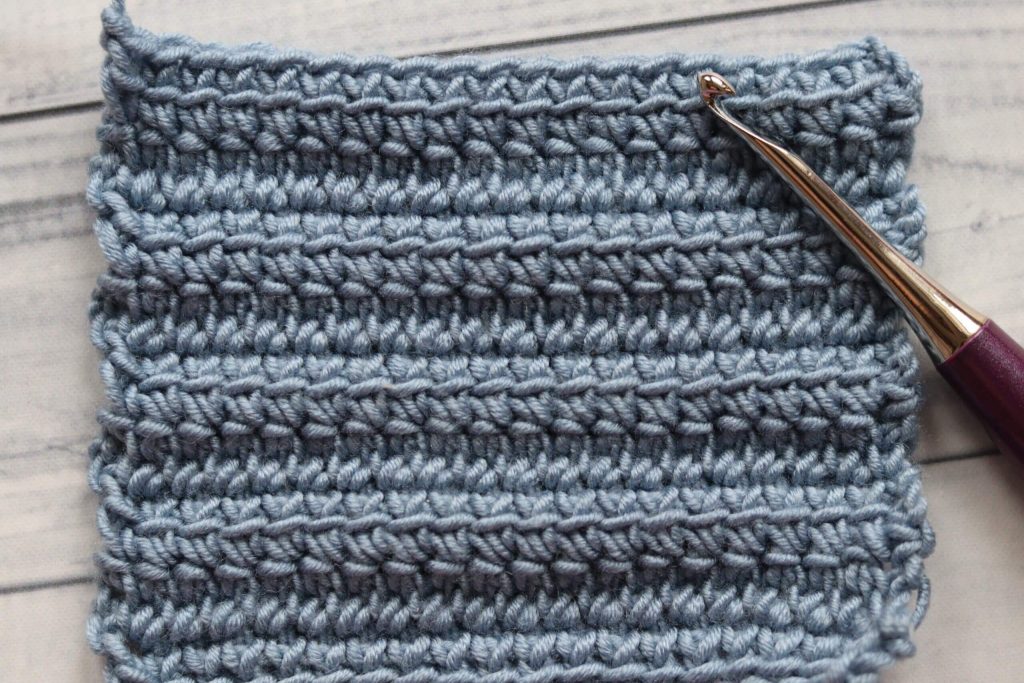
Next up is the double crochet stitch. It’s like the taller, breezier cousin of the single crochet. Double crochet stitches work up faster and looser, making them perfect for cozy blankets and anything you want to have a bit more drape.
What it’s great for:
- Quick projects that cover more space in fewer rows.
- Patterns that require a more open texture.
- Things like shawls, baby blankets, or summer tops.
Once you master the double crochet, you’ll be able to tackle a wider range of projects with ease. It also gives you a chance to learn how yarn-overs work, which is essential for more advanced stitches.
4. Half Double Crochet (hdc)
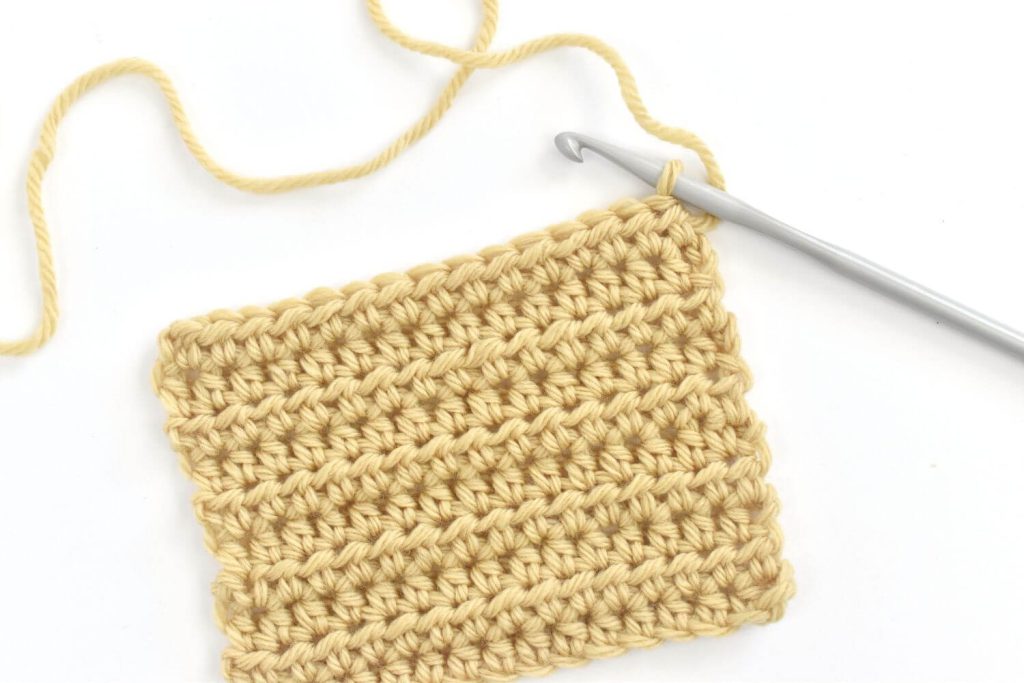
This one’s a favorite for many crocheters because it gives you the best of both worlds: it’s taller than a single crochet but tighter than a double. The result? A fabric that’s solid but not stiff, fast to work up, and oh-so-versatile.
Why you’ll love it:
- It creates a smooth, almost knitted-looking texture.
- Works great for clothing, accessories, or anything that needs a soft structure.
- Adds a little variety to your stitching without being complicated.
It’s also a go-to stitch for crochet ribbing, when worked in the back loops only. Once you learn hdc, it’s easy to fall in love with the rhythm of it.
5. Slip Stitch (sl st)
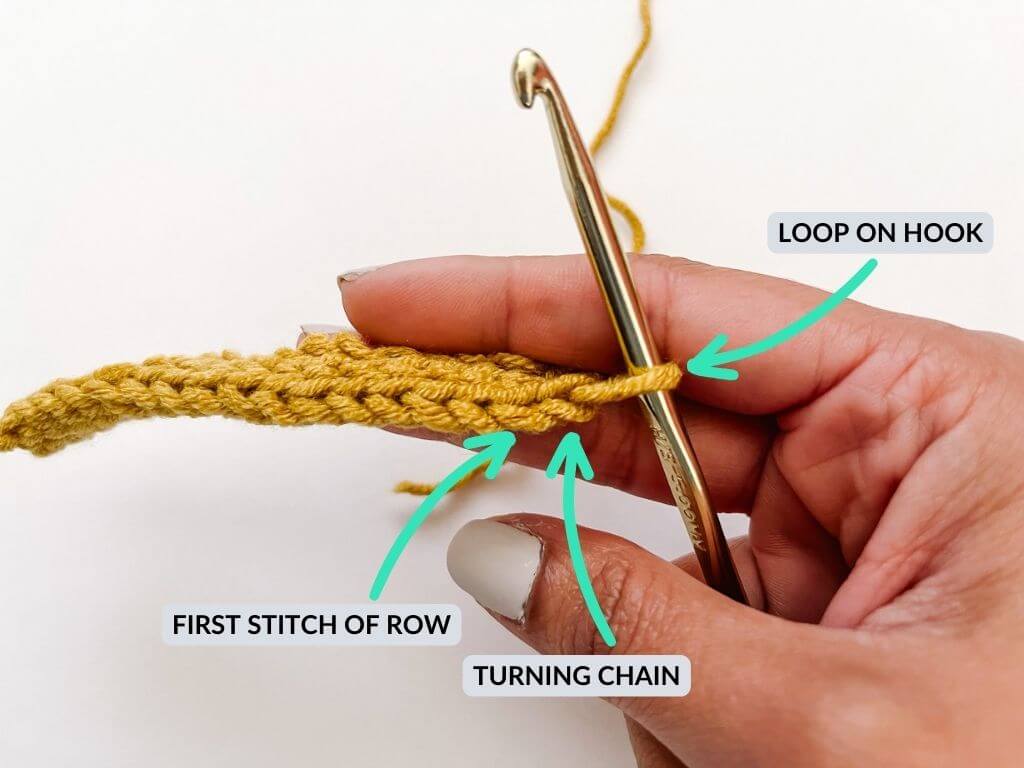
The slip stitch isn’t usually used as a “main” stitch in projects, but it’s absolutely essential for shaping and finishing your work. It’s also the flattest stitch you can do, and it works great when you need to join rounds, edges, or seams.
Where it comes in handy:
- Joining in the round, like in hats or granny squares.
- Seaming pieces together without bulk.
- Adding neat, tidy borders or trims.
It’s also often used to move your yarn to another point in a row without adding height. Don’t underestimate this little stitch—it may not look like much, but it makes everything look cleaner.
Learning these five stitches gives you everything you need to crochet most beginner projects, and once you’re comfortable with them, you’ll be amazed at how much you can do. Even complex-looking patterns often just use variations or combinations of these stitches.
Challenge: Try practicing each stitch with a small swatch. Chain 15, then work a few rows of each stitch to see how the texture changes. Once you’ve got them down, test yourself with a pattern that combines at least two.
Once you’ve mastered these five, you’re ready to move on to fun stuff like granny squares, ripple blankets, and maybe even your first wearable. But take it one stitch at a time—literally.
Happy Crocheting!
